Change and Villawood’s South Australia
Villawood is seriously changing the face of development in South Australia. The changes we are instituting are also in step with significant infrastructure upgrades in the state.
CEO Alan Miller talks with The Urban Developer about Adelaide’s T2D and the new links it is building for the city and how Villawood’s projects are helping expedite its positive outlook for the future.
City-Shaping Megaproject Under Microscope in Adelaide
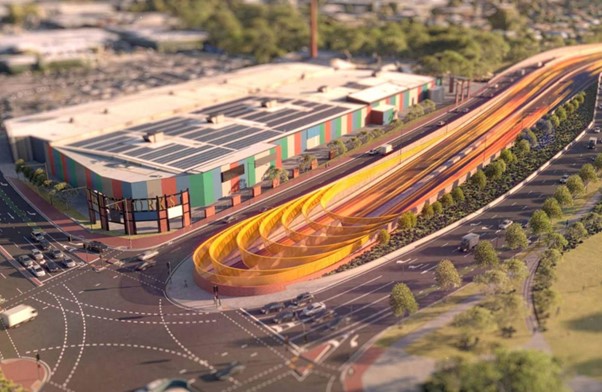
Infrastructure projects have proven time and again to be shapers of cities.
For the South Australian capital, a $15.4-billion megaproject that will open up land previously unviable for development looks certain to do just that.
The River Torrens to Darling (T2D) project in Adelaide begins this year and is due to complete in 2031.
The project involves building two tunnels—the Southern Tunnels and the Northern Tunnels—that will be connected by an open motorway.
The motorway and the tunnels will have three lanes operating in each direction, with a combined total distance of 10.5km.
T2D is the final stage of major improvements to the North-South Corridor, a 78km link between Old Noarlunga and Gawler.
And as the project gets under way, it is being lauded as a major step forward for development in Adelaide.
“It has definitely opened up development opportunities that, even without the middle section [T2D] completed, we never would have considered before,” Villawood Properties chief executive Alan Miller says.
Changing the face of Adelaide
Villawood, which launched in SA in 2022, already has projects under way in suburbs opened up by the investment in the North-South Corridor.
“We have an 800-lot project at Aldinga and the change to travel times from there is unbelievable,” Miller says.
“It’s really changed the face of development in Adelaide.”
Suburbs such as Roseworthy and Aldinga are now looking much more attractive, he says.
“They wouldn’t even have been on my radar in the past.”
Cutting down the commute is a key issue he says, as T2D seeks to address an expected 26 per cent increase in car journeys across Adelaide by 2031 each day. That will mean 6.2 million trips are made across the capital each day.Thanks to the tunnels, 21 sets of traffic lights between the River Torrens and Darlington will be bypassed.
It’s projected the new link will cut travel times by 30 to 40 minutes during peak hour.
Aspect Studios studio director Tim Conybeare says the road “is a killer of a divide between east and west”.
“This non-stop corridor, of which we’re about to start the final stages, takes that major arterial through-road traffic off the local neighbourhood road network, and as a result, leaves you with an immense opportunity at road level to reconnect communities between the east and west,” Conybeare says.
“When we’re stitching together those areas we need to consider what we can do with the urban realm on the surface, those green streets with good bikeways, linear parks and better urban and mixed-use development.”
Increasing density
Greater Adelaide has 1.5 million people across its area of about 10,900 square kilometres. That is about 138 people per square kilometre—much lower than 429 people per square kilometre of Greater Sydney. Density is something the SA capital can work on.
Opening up new areas for development, particularly those previously used for industry or that are situated on transport links, presents an opportunity to invest in density.
“Anecdotally, everyone values their space in Adelaide,” Conybeare says.
“The quarter-acre block is still not unusual in Greater Adelaide.
“But particularly when you look at migration to the city and international population growth from places where people are more used to apartment-style living, that attraction to higher density living has certainly grown in the past five years.
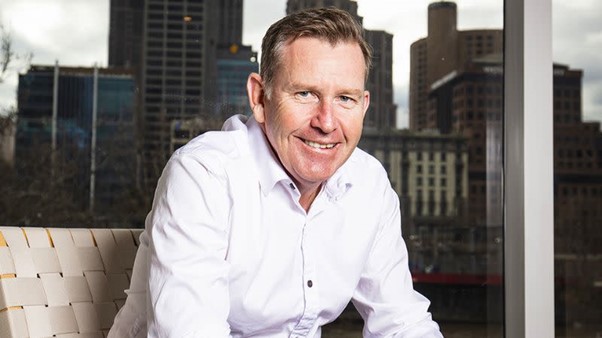
▲ Villawood Properties CEO Alan Miller
“And we will have a much richer and more diverse population across the city by increasing that density.”
Places like Bowden now have more developments that go up, not out, he says.
“Combine this with some fantastic public space [in Bowden], and the wider population is looking at that and saying we could live like that—it’s been a great catalyst for quality developments.”
Sustainably ramping up density is a key issue and one identified by the State Planning Commission when it launched the Greater Adelaide Regional Plan for consultation last year.
Future Urban managing director Chris Vounasis says there is an opportunity to review rezoning at key interchanges and corridors off the T2D expressway “as accessibility and general movement will be enhanced”.
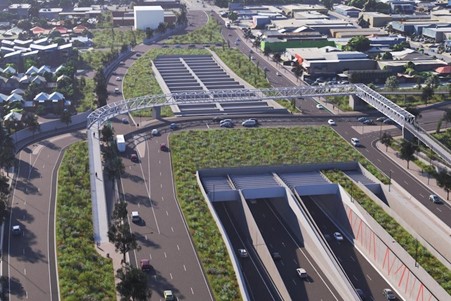
▲ The North-South Corridor is the biggest road infrastructure project in the history of SA.
“Employment land within the west will also have improved access that currently doesn’t exist. This may provide a significant opportunity to reposition some of this land for strategic residential infill development,” Vounasis says.
“What is needed is a comprehensive review of the T2D corridor and how it can be best leveraged to maximise the development opportunity.”
There has been some work done to start this rezoning process, Villawood’s Miller says.
“This state government has been really proactive in the rezoning of things but the challenge that we as an industry face is making sure that infrastructure, sewer and water, keeps pace with development,” he says.
Cityshaping opportunities
Given the areas being opened up, there is also an opportunity to consider the bigger picture for Adelaide.
“The location of the city and its ring of parklands … it’s one of the most beautiful and rated one of the most livable cities,” Conybeare says.
“We should be thinking about how we can amplify that reputation in under-utilised areas.”
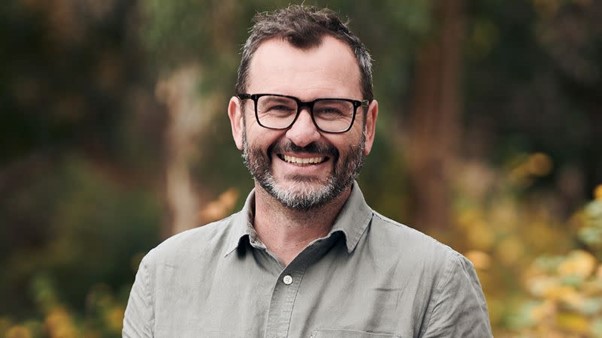
▲ Aspect Studios studio director Tim Conybeare.
But it’s also one of Australia’s smallest cities, so as industrial land to the west gains better connection to employment areas and central Adelaide, managing its evolution and growth is key.
“This means there are adaptive reuse opportunities,” Conybeare says.
“There is lots happening in the inner west like in Bowden with the West End brewery site coming up, and other fantastic sites that are well connected, well serviced and have connections to green corridors.”
Cityshaping has already been a consideration of the North-South Corridor overlying strategy, which includes green corridors and more investment in green modes of transport. But the problem is delivering it, Conybeare says.
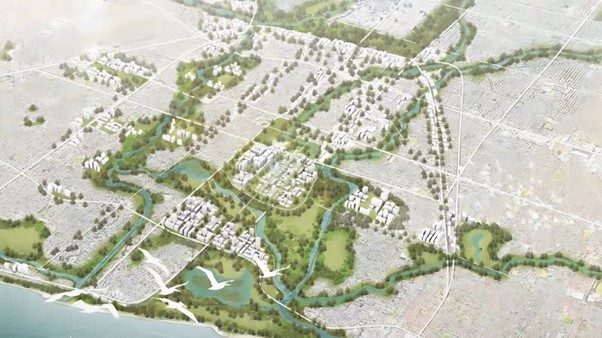
▲ Aspect Studios considered the future of the western suburbs in its latest report that came hot on the heels of the Greater Adelaide Regional Plan.
“It’s still conceptual at this stage and requires a huge amount of investment, and the government doesn’t have the funding to deliver it,” he says.
“Whatever we do in terms of new urban development, it needs to be sustainable in every way. We always have to have one eye on the economics, but there’s also social and environmental responsibility, and ensuring integration with existing urban fabric.
“It should acknowledge history and be sensitive to the environment.
“If we can acknowledge history, and be sensitive to the environment, working with natural systems rather than against them, you’ve got to wonder what the future could look like for Adelaide.”